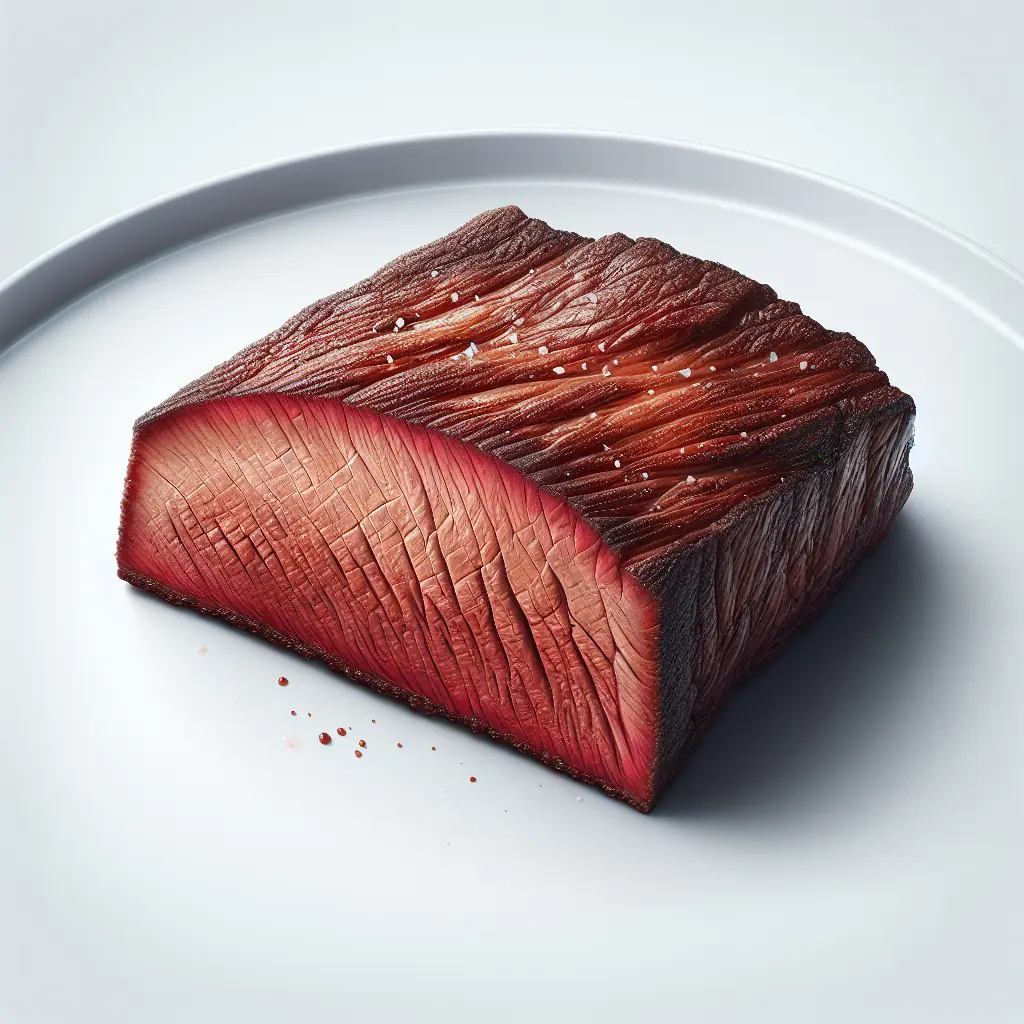Brisket: A Culinary Journey of Flavor and Tradition
Brisket, a prized cut of beef obtained from the chest area, has captivated taste buds around the globe for centuries. Renowned for its rich, smoky flavor and tender, melt-in-your-mouth texture, brisket holds a prominent place in culinary traditions worldwide.
Understanding the Unique Characteristics of Brisket
Brisket's distinctive flavor profile and texture stem from its composition. This flavorful cut is characterized by a generous amount of intramuscular fat, evenly dispersed throughout the meat. As brisket cooks, this fat gradually melts, infusing the meat with exceptional tenderness and a delectable burst of flavor.
Embracing the Versatility of Brisket
Brisket's culinary versatility is truly remarkable. While it's often associated with the iconic Texas barbecue, brisket shines in various preparations, showcasing its adaptability. Slow-cooking methods, such as smoking, braising, and stewing, allow the meat's natural flavors to fully develop, resulting in a tender, succulent experience. Alternatively, brisket can be roasted or grilled for a more pronounced caramelization and a smoky, charred exterior.
Unveiling the Nutritional Value of Brisket
Beyond its culinary prowess, brisket offers an array of essential nutrients. A 3-ounce serving of brisket boasts an impressive 24 grams of protein, essential for building and repairing tissues. It's also a good source of iron, providing approximately 10% of the recommended daily intake. Additionally, brisket contains significant amounts of zinc, an essential mineral for immune function and cell growth.
Tips for Cooking the Perfect Brisket
To achieve brisket perfection, consider the following tips:
- Choose a high-quality cut: Opt for a brisket with ample marbling, as this will contribute to its tenderness and flavor.
- Season liberally: Rub the brisket generously with your preferred spices or seasonings.
- Cook low and slow: Brisket benefits from extended cooking times at low temperatures, allowing the connective tissues to break down and create a melt-in-your-mouth texture.
- Rest before slicing: Once cooked, let the brisket rest for at least 30 minutes before slicing. This allows the juices to redistribute, resulting in a more tender and flavorful experience.
How many calories are in Brisket?
Each 3 oz of Brisket contains 246 calories.
Brisket Nutritional Information
| Nutrient | Amount per 3 oz (85g) |
|---|---|
| Calories | 246 Calories |
| Protein | 24g |
| Fat | 16g |
| Saturated Fat | 6.2g |
| Cholesterol | 0.09mg |
| Carbohydrates | 0g |
| Dietary Fiber | 0g |
| Sugar | 0g |
| Sodium | 0.041mg |
| Potassium | 0.1972mg |
| Calcium | 0.014mg |
| Iron | 0.0021mg |
